Günter Raphael: Music for Violin
In the first part of his career Günter Raphael (1903-60) enjoyed performances of his music by Germany's leading musicians, among them the Busch Quartet and Wilhelm Furtwängler. But declared a 'half-Jew' by the Nazis in 1934, he was forced from his prestigious teaching position in Leipzig. Confined to hospital by tuberculosis during the War years, he continued to compose while his doctors protected him from persecution. These violin works — strongly melodic and rhythmically vital — continue the mainstream of German Romanticism as refracted through Hindemith; the two solo sonatas have echoes of Bach.
Pauline Reguig, violin
Darius Kaunas, violin
Emilio Peroni, piano
Listen To This Recording:
-
Sonatina in B minor, Op. 52, for violin and piano (1944)
- I. Mässig
- II. Breit und gesangvoll
- III. Tänzerisch belebt, dabei etwas schwerfällig und derb
- I. Sehr langsam
- II. Scherzo: Ganze Takte
- III. Gemessen
- I. Mit lebhafter Energie
- II. Langsam gehend (in fliessender Bewegung)
- III. Nicht zu lebhaft, ein wenig gemächlich
- I. In Form einer freien Fantasie
- II. Ruhig und gesangvoll
- III. ƒusserst schnell
- I. Vivace
- II. Allegretto grazioso
- III. Con fuoco
Sonata in E major, Op. 46, No. 2, for solo violin (1940)
Duo in G minor, Op. 47, No. 1, for two violins (1940)
Sonata in A minor, Op. 46, No. 1, for solo violin (1940)
Sonata No. 3 in C major, Op. 43, for violin and piano (1936)
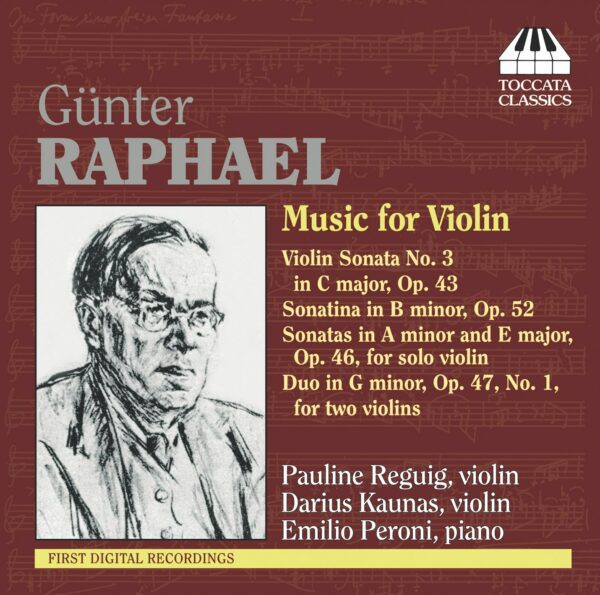
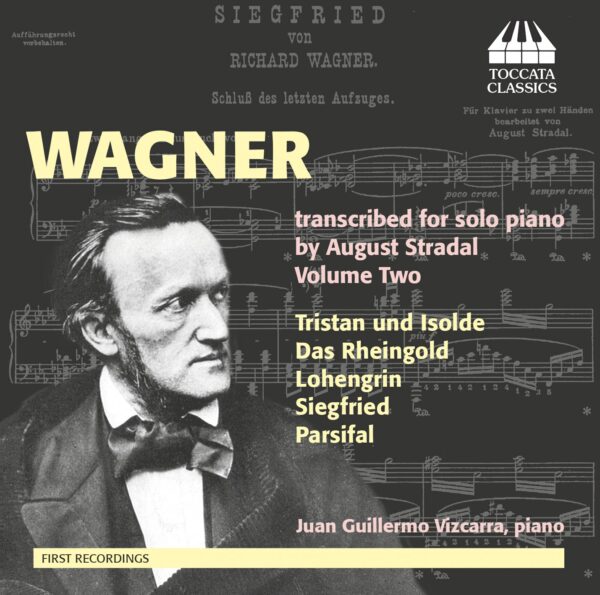
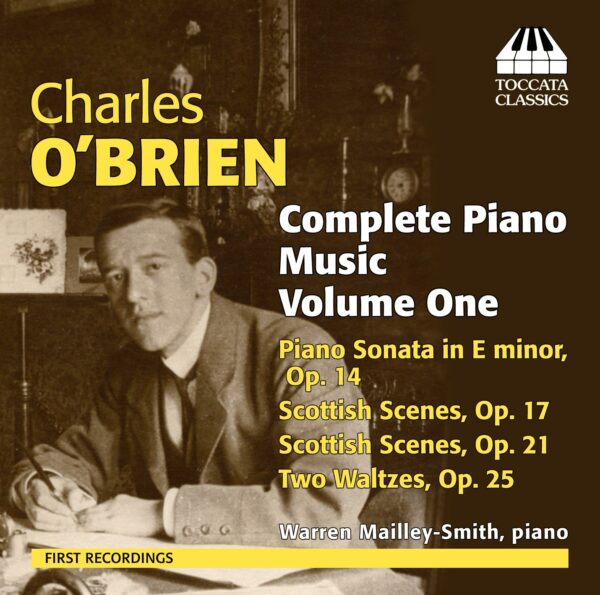
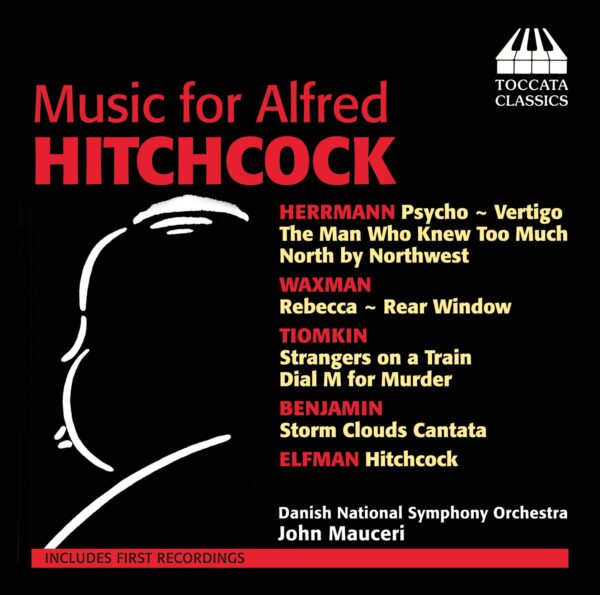
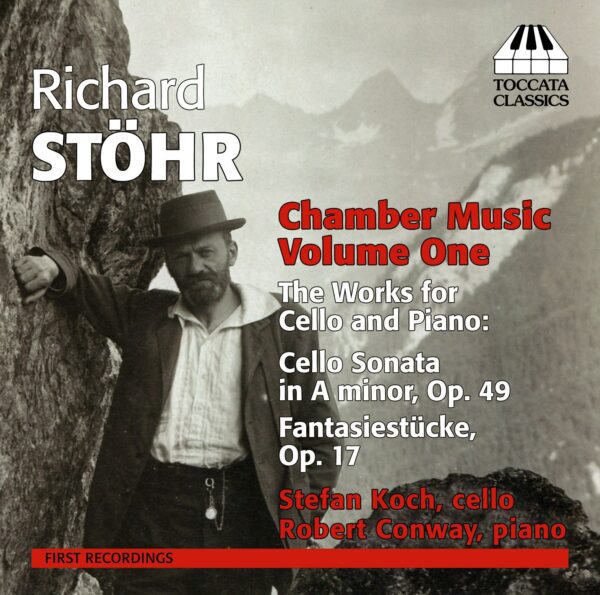
MusicWeb International :
‘…The solo sonatas [Op. 46] are fascinating examples of Raphael’s surety in writing for the instrument, refined and purposeful in slower passages, and more acrid and angular in the faster ones. The writing sits somewhere between the violin music of Reger and Karl Amadeus Hartmann though the winding chromaticism, especially of the E major solo sonata, is slightly reminiscent, too, of Hindemith. Raphael’s cultivation of aria depth, as in the slow central movement of the A minor solo sonata, gives his music a real sense of breadth, finely balanced by the more motoric and driving elements of his finales. …[The Duo for two violins] It’s an ingenious piece with plenty of canonic writing and full of vibrancy in the opening and tersely intense in the finale. In between there is a more contemplative, reserved, refined slow movement. The Duo is of a piece with the other works – and extremely successful. So too are the performances, with Pauline Reguig sounding wholly attuned to the Raphael idiom, and Emilio Peroni’s pianism adding significantly to the success of the volume. Darius Kaunas proves a fine foil in the Duo.’
—Jonathan Woolf, MusicWeb International
International Record Review :
‘The unique Toccata Classics label has brought us much unjustly neglected music in its 100-plus releases and here is yet another eminently worthwhile CD of some superb music’
—Robert Matthew-Walker, International Record Review